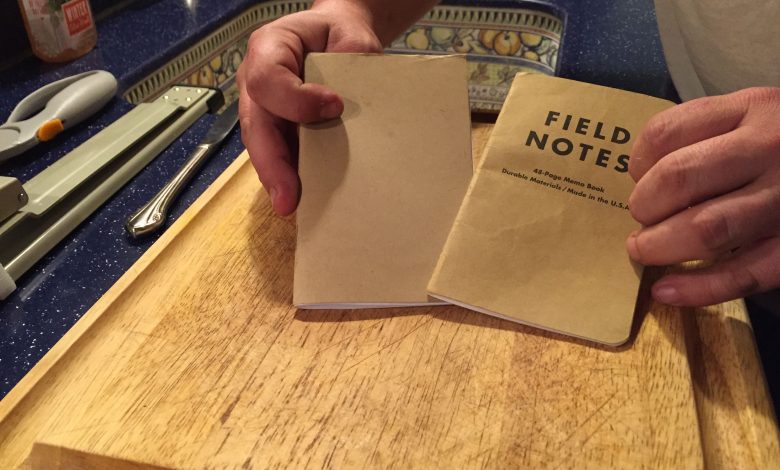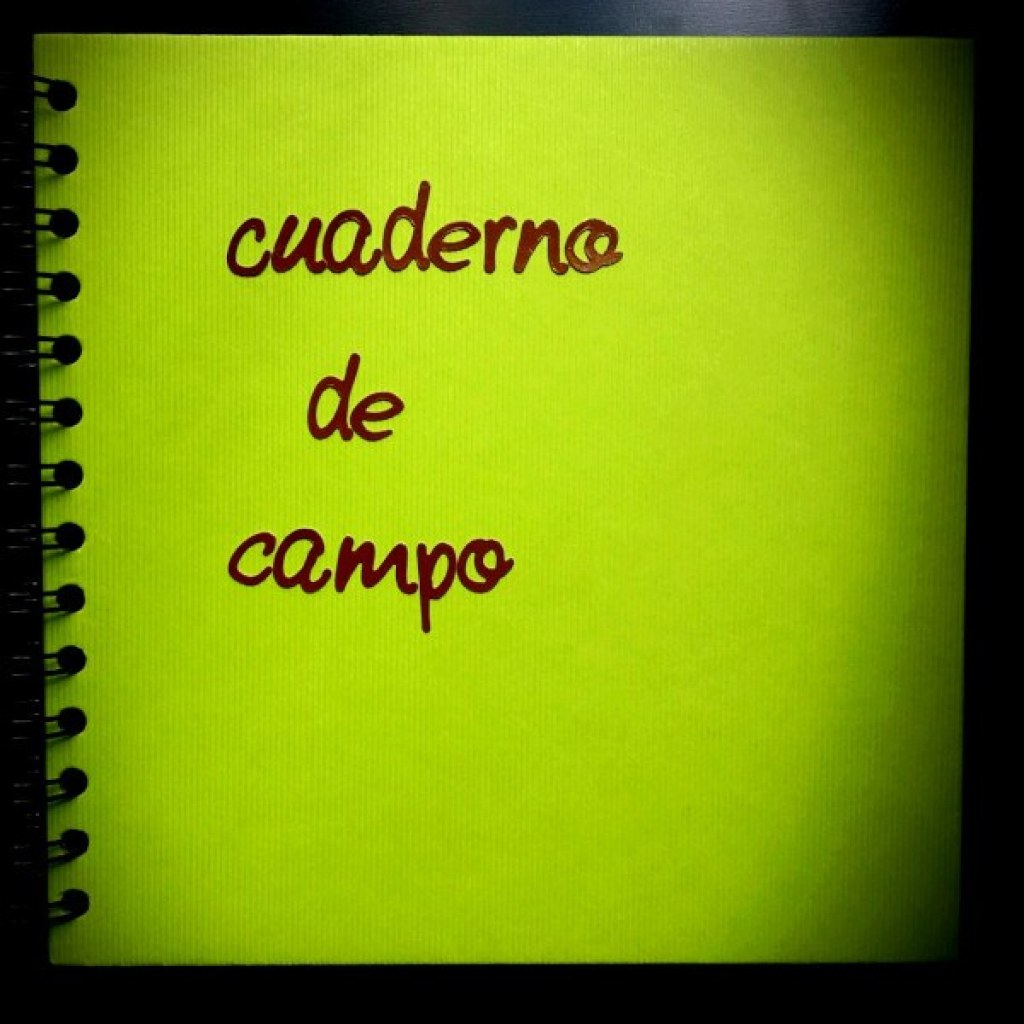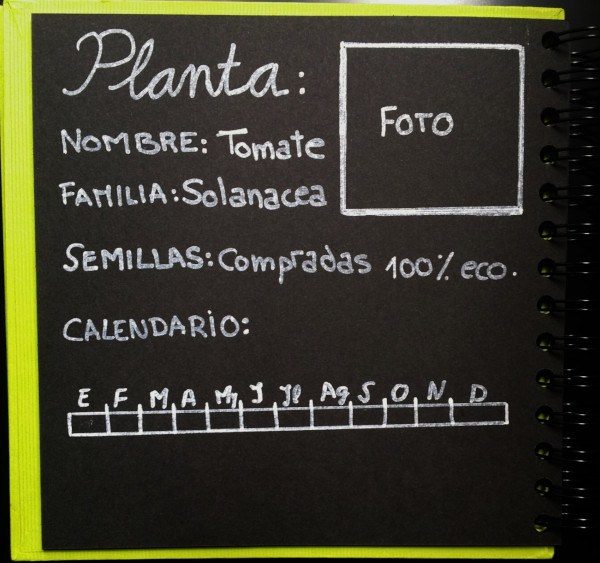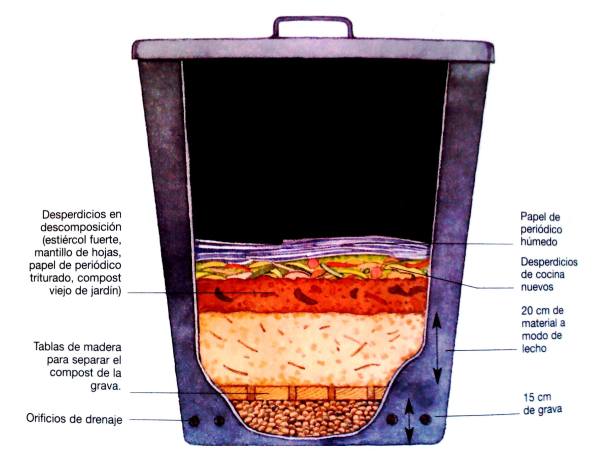Field notebook. How to do it yourself

Hello Agrohuerters! Today we are going to see how to make our field notebook. In this case it is aimed at small farmers, and those who have a flowerpot. Because the field notebooks of large-area orchards need to collect much more and very detailed data, which in a small orchard it really is not necessary to do so meticulously.

As on some other occasion we have already commented, a field notebook is essential for planning the orchard and a great help to increase its yield.
How to make a field notebook
In our case, we are going to see the 5 essential points that a field notebook must have:
1.- Basic data of the orchard
This implies, where is it located, both in the geography of the country, in what place of the house do you have it, where is each plant (this is simpler in macetohuerto). This is quite important, since not all crops work the same, neither in the same city, nor in different areas of the house, sometimes it is a matter of trying where they grow best.
2.- Planting and cultivation calendar
This is optional, but it is always good to have it on hand, to guide us, both before sowing or planting, and to guide us during its cultivation cycle (germination, transplantation, how long it takes to grow, when it harvests…).

3-Data of each plant
This is the main part of the field notebook, since here we are going to go plant by plant, making a diary of it, to keep as much control as possible. The sections to be added are the following:
- Name of the plant, even if it is a very small orchard, you can add its photo to make it more visual. It should also be noted if it is a particular variety.
- Seeds: it is highly advisable to know where the seeds come from, from which we have obtained said plant. If we have bought them (where, date, certification…) Or if we have obtained them ourselves.
- Sun hours: this section is also optional, but it is always good to add it, since sometimes our plants do not receive enough hours of sunlight.
- Irrigation: how many irrigations is our plant receiving per day and if possible, write down the amounts of water. What irrigation system is being used. Record if it has rained and if the plant has received this water.
- Treatments received: It is very important to keep it up to date, you must write down all the subscribers that are made, the preventive treatments, such as fungicides… If possible, the quantities of each treatment and how it has been applied (spraying, directly on the substrate etc.)
- Changes in the phenological state: Write down the dates in which there has been a change, this means, if buds have appeared, flowers, if they have fallen, if the fruit has appeared… changes in the morphology of the plant.
- Pruning: Write down all the pruning done and on what days or dates they were done.
- Length measurement: It is optional to measure the length of the plant weekly, to see the progress in its growth.
- Observations: Other data is noted here, which may or may not be relevant, for example if some leaves begin to turn yellow… or strange or curious things that we can notice.
4- Substrate
I include this section outside the data, since it serves to detail the characteristics of the substrate that we are using in each plant, that is, where it comes from or how we have manufactured it. On many occasions we must use a different substrate for each plant, because the needs, as you already know, are not the same for each.
5.- Subscription
Here we are going to detail what type of fertilizer we use, whether it is purchased or we make it ourselves.
-If it was purchased: you must take into account the day of purchase, brand and properties offered.

Source: Book «The urban garden. Manual for organic farming on balconies and terraces»
– In the event that we make the compost or organic fertilizer ourselves, write down the date of production, ingredients or components used and in what quantities they have been provided, days of “maturation”.
As you can see, a field notebook could also be called a garden diary, since all the daily information of our plants is collected. Although I have added optional sections, it is good to try to add them all, since the more information we have about our plant is always better, especially in case it gets sick, knowing when something happened can help a lot when it comes to finding out what happens to him
On the other hand, making a field notebook that is a little more artistic is a good activity to do with the children, in this way, they not only develop their creativity, but as they complete it they feel responsible for taking care of the garden.
Agrohuerters, I encourage you to get a field notebook, although at first you have to pick up the pace of writing daily, with time you will appreciate it. Regards and until next time!

![Photo of Plant Andean Maca: [Pests, Irrigation, Land Preparation and More]](https://www.complete-gardening.com/wp-content/uploads/2022/08/plant-andean-maca-pests-irrigation-land-preparation-and-more-390x220.png)
![Photo of White Orchid Care: [Soil, Moisture, Pruning and Problems]](https://www.complete-gardening.com/wp-content/uploads/2022/08/white-orchid-care-soil-moisture-pruning-and-problems-390x220.png)
![Photo of Complete Guide on How to Grow Vanilla: [Steps + Images]](https://www.complete-gardening.com/wp-content/uploads/2022/08/complete-guide-on-how-to-grow-vanilla-steps-images-390x220.jpg)
![Photo of Cultivate Amarliys: [Care, Planting, Irrigation and Substrate]](https://www.complete-gardening.com/wp-content/uploads/2022/08/cultivate-amarliys-care-planting-irrigation-and-substrate-390x220.png)